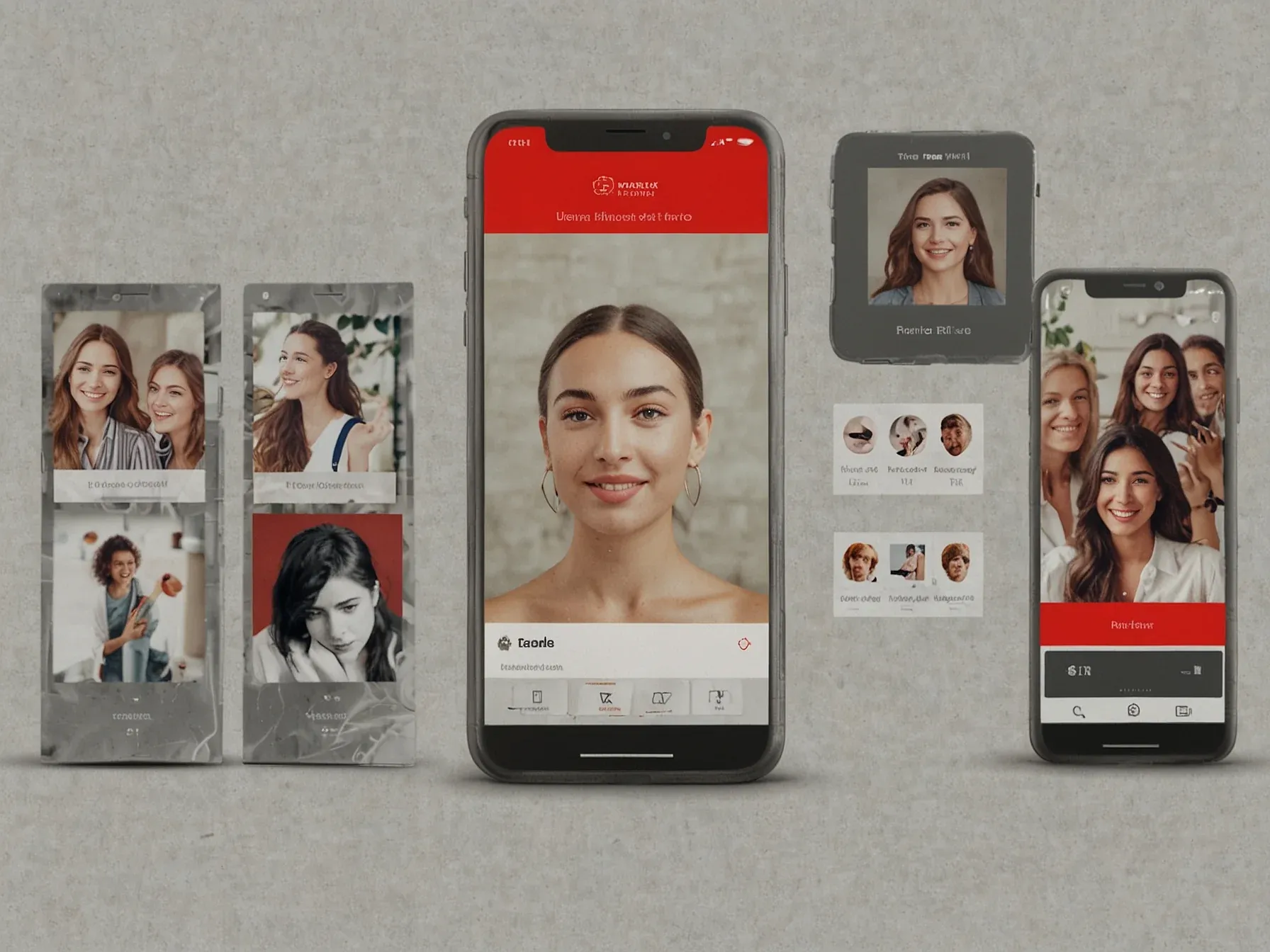
Tinder tests AI feature that scans camera roll to improve match suggestions
Imagine opening Tinder and, after you tap “yes,” it glances at a few photos you’ve already taken. That’s what the app is testing right now - a trial that asks users for permission to read their camera roll and then runs an AI model over the pictures. The idea, according to the test, is to fine-tune the algorithm that suggests who you might like.
It sounds a bit intrusive, but the feature is optional and only kicks in after you explicitly agree. Early reports say the AI looks at visual cues - colors, settings, who’s in the shot - to sketch a picture of your interests and lifestyle. If those signals line up with more compatible profiles, you could see better matches without swiping endlessly.
At the same time, it raises questions about how the data is handled, especially since the same images often live on other social apps. The rollout is still small-scale; Tinder hasn’t said how many people are in the test or what counts as a “better” match. Still, it hints at a move toward matchmaking that pays attention to context.
Tinder's AI can find better matches by scanning your camera roll.
Tinder's AI can find better matches by scanning your camera roll The dating app is testing a new feature that gets to know users by analyzing their photos. The dating app is testing a new feature that gets to know users by analyzing their photos. Chemistry requires the user's permission to access camera roll photos, and will also ask "interactive questions" to get to know users better.
Match says this is a "major pillar of Tinder's upcoming 2026 product experience," and that the feature is already live in New Zealand and Australia, with plans to expand to additional countries in the coming months. Giving an app's AI free rein to look through photos on your device feels a little invasive, even if the feature is opt-in only. Match Group has introduced this and other AI features in an effort to encourage Tinder users to stick with the app, which has suffered a decline in paying subscribers for more than two years.
We’ve seen Tinder tinker with a new “Chemistry” tool that asks for a peek at your camera roll. The idea is simple: scan the pictures you keep, guess a few of your hobbies or personality quirks, and then show you a tighter set of matches. Tinder says it’s trying to curb the swipe fatigue they mentioned in the latest earnings call.
Still, the privacy angle feels fuzzy - nobody really knows how long the images stay on their servers or what controls users have. The feature is still in a pilot, so we can’t say yet if it actually makes matches feel more on-point. Even if it does, the boost might be modest because attraction is, well, pretty subjective.
On the other hand, many people will probably balk at letting a dating app scan their photos, which could keep adoption low. Match Group hasn’t released any numbers, so the AI’s real impact is still up in the air. In short, the test will show whether that extra data slice actually makes the dating experience better.
Further Reading
- Tinder turns to AI and Camera Roll access to understand users better - Storyboard18
- Tinder is testing AI tool that will access user photos to suggest better matches - Times of India
- Tinder’s new Chemistry feature will help you find better dates: Here’s how - Moneycontrol
- Tinder Wants to See Through Your Camera Roll to Suggest Potential Matches - Gadgets360
Common Questions Answered
How does Tinder's new AI feature use a user's camera roll to improve match suggestions?
The feature scans a user's camera roll, with explicit permission, and uses an AI model to analyze visual cues such as colors, settings, and subjects. By interpreting these images, the algorithm builds a profile of interests and personality traits to surface fewer, more compatible matches.
Is participation in Tinder's AI-driven “Chemistry” test mandatory for users?
No, the AI-driven “Chemistry” feature is optional and only activates after the user grants explicit consent to access their camera roll. Users can choose whether to participate, and the app will not scan photos without permission.
What problem is Tinder aiming to address with the AI camera roll analysis?
Tinder introduced the AI analysis to combat "swipe fatigue," a common complaint that users become exhausted from endless swiping. By inferring interests from personal photos, the app hopes to present more relevant matches and reduce the number of unnecessary swipes.
What privacy concerns have been raised about Tinder's camera roll scanning feature?
Critics question how much of the scanned photo data is stored and what controls users have over it, as the article does not clarify data retention policies. The lack of detail about data handling and user control mechanisms has sparked uncertainty about the feature's privacy implications.




